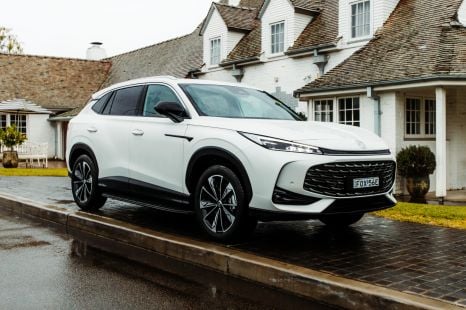

James Wong
3 Days Ago
It was one of the first premium cars on a bespoke electric platform, but how does it shape up today?
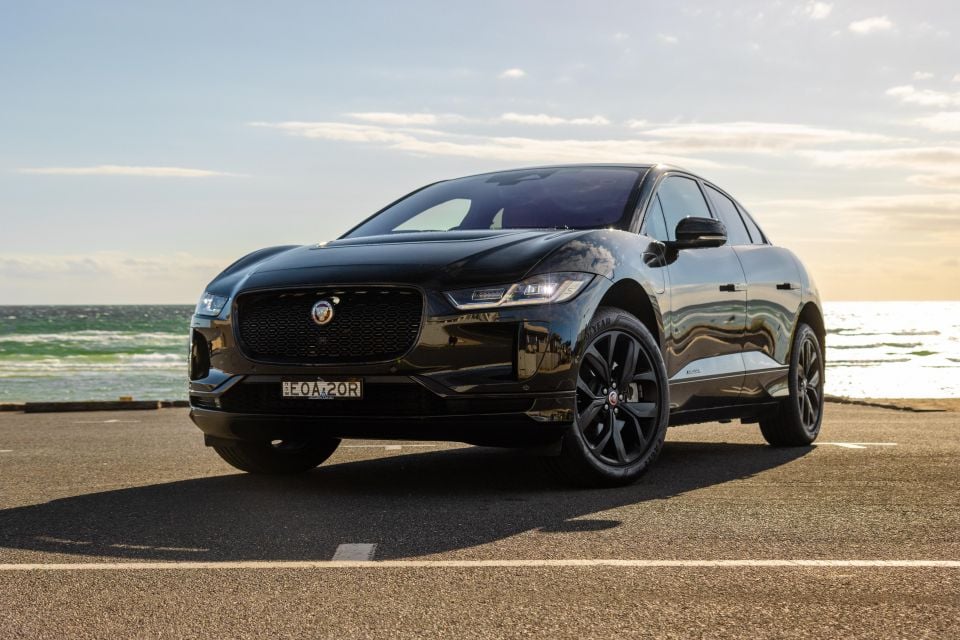
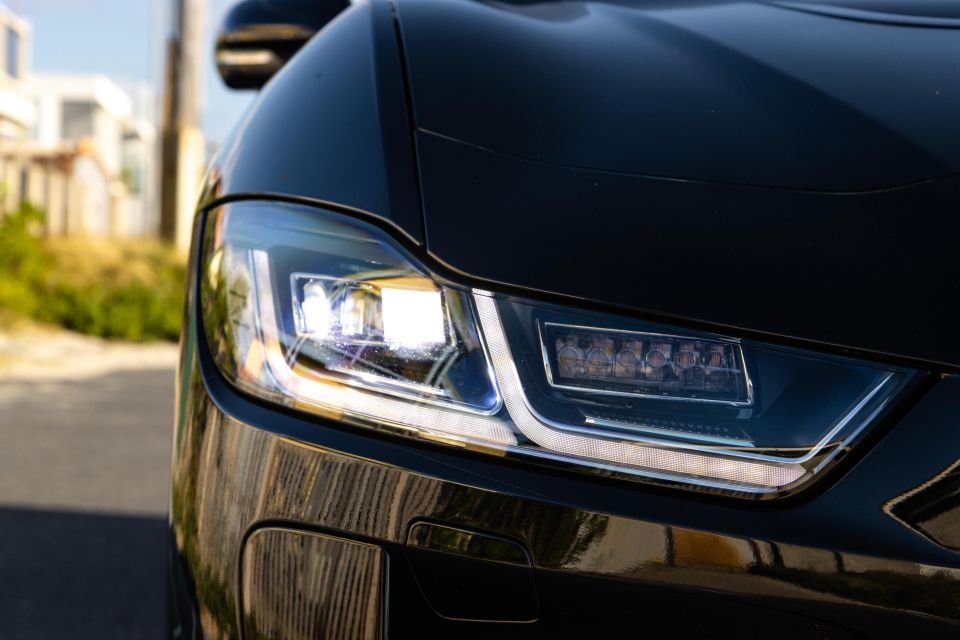

Quickly see how this car stacks up against its competition. Select any benchmark to see more details.
Take advantage of Australia's BIGGEST new car website to find a great deal on a Jaguar I-Pace.
When the I-Pace launched in 2018, Jaguar was ahead of its time.
Instead of building an electric vehicle (EV) on an internal-combustion engine platform, the company developed a bespoke EV platform to take advantage of the performance and economy benefits purpose-built electric cars have to offer.
Fast forward to today and most manufacturers are now following suit, riding out the balance of their internal-combustion based electric cars before launching purpose-built models.
With the introduction of the brand’s advanced Pivi Pro infotainment system and the introduction of Alexa integration, we wanted to get behind the wheel to see whether the I-Pace still feels as good as it did when it launched.
Jaguar has simplified the I-Pace range by cutting back to just two variants. The 2022 range kicks off with the I-Pace SE, which is priced from $142,580 before on-roads, and caps off with the I-Pace HSE at $155,550 before on-roads.
Buyers can pick from eight exterior colours for the I-Pace, with an additional two premium metallic options available for $3900.

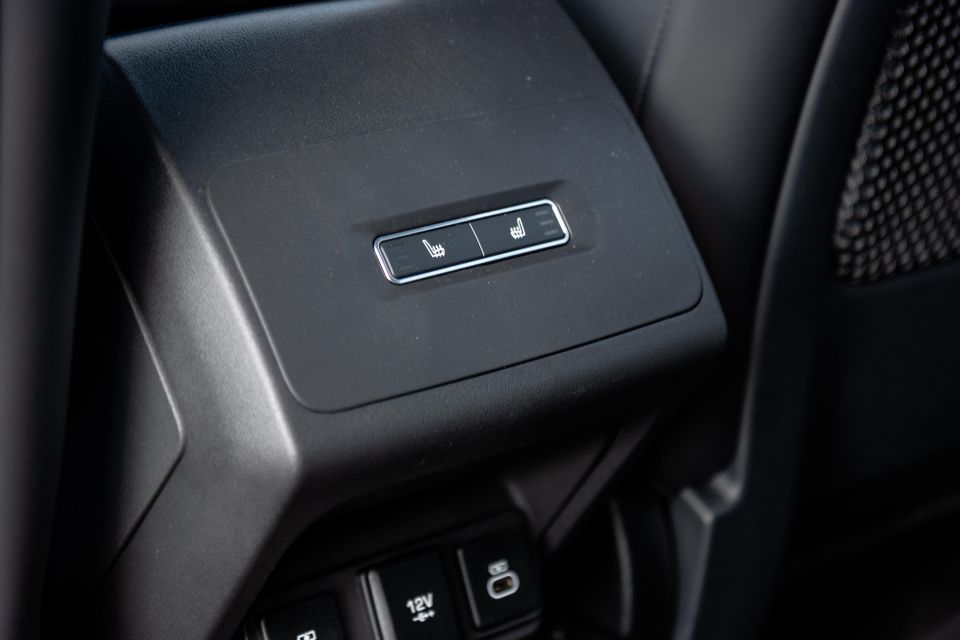
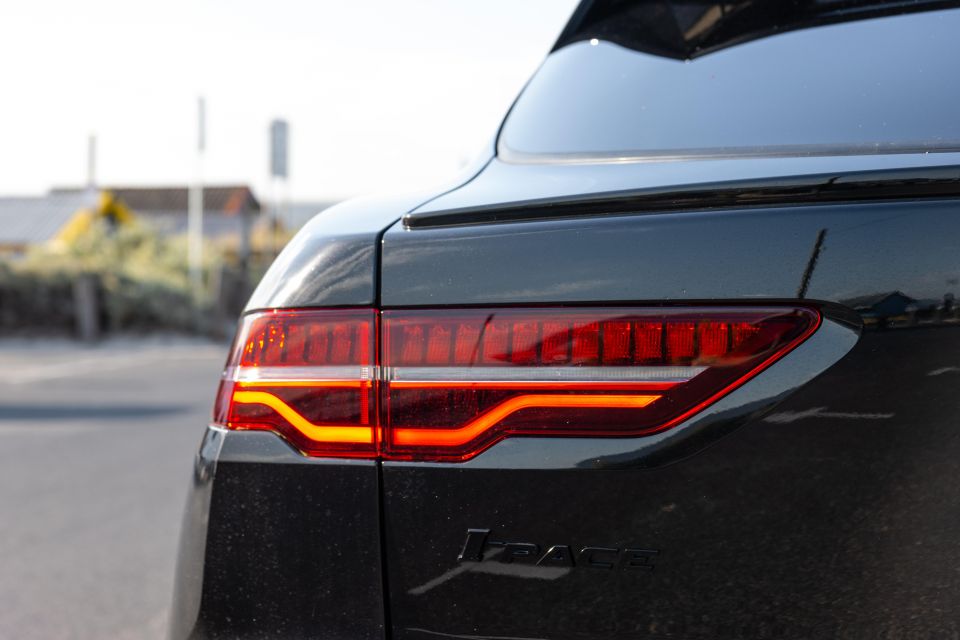
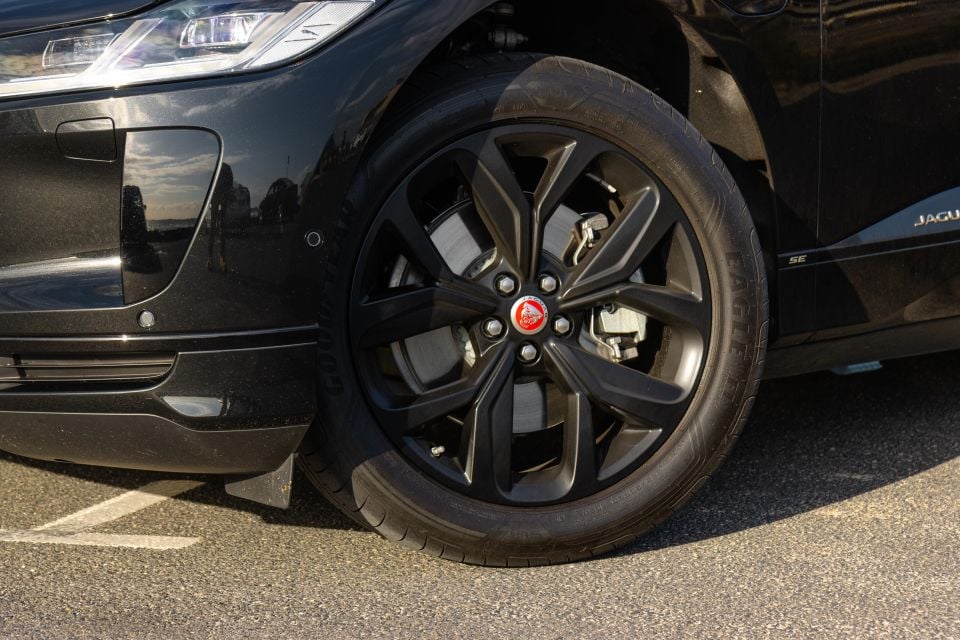
The Jaguar I-PaceSE comes standard with the following equipment:
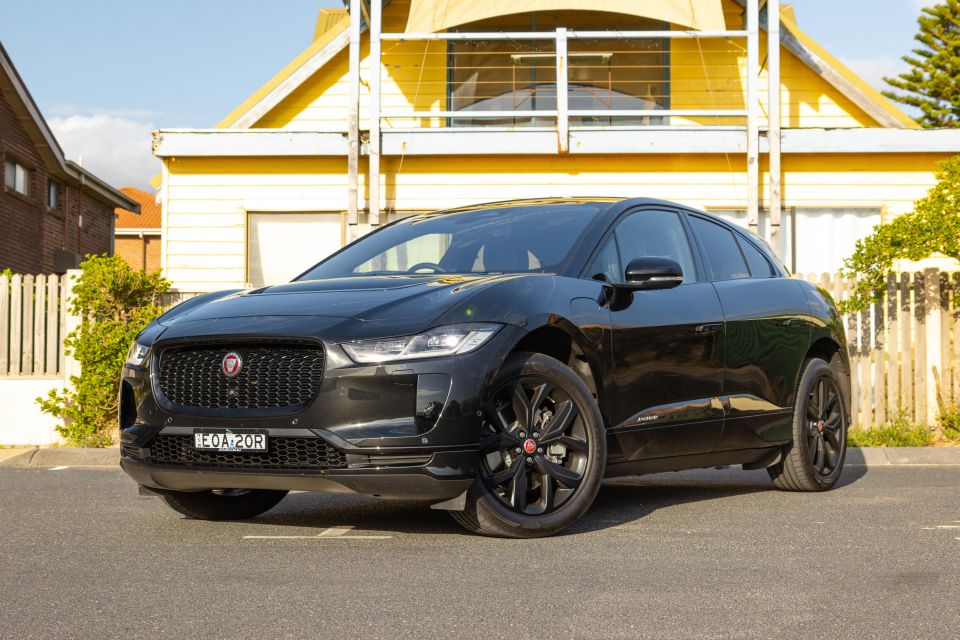
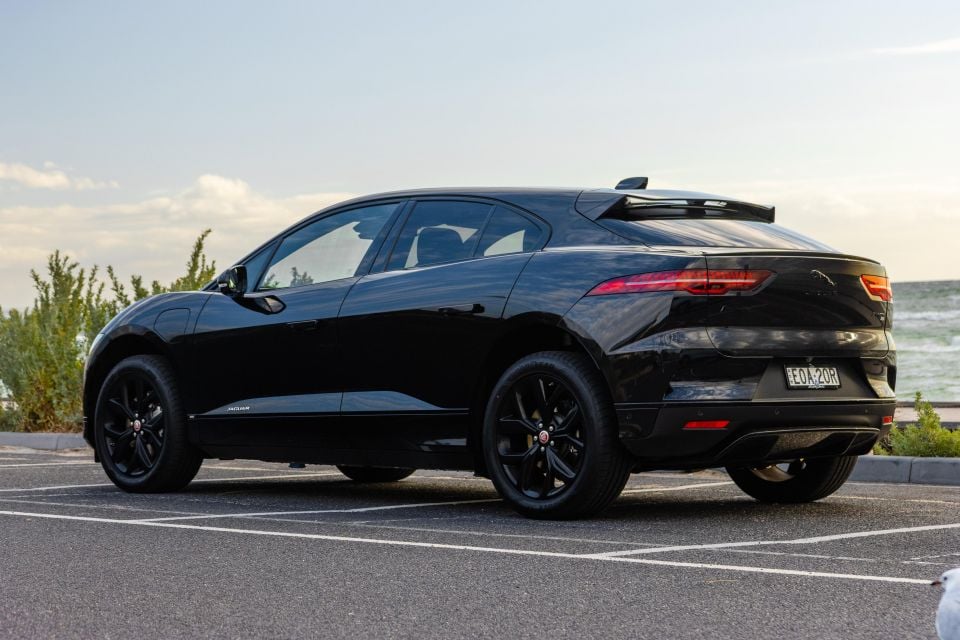
The HSE adds:
There are a number of standalone options available, but the optional packages include:
The Premium Black Pack ($5008) adds:
The Premium Upgrade Interior Pack ($5565) adds:
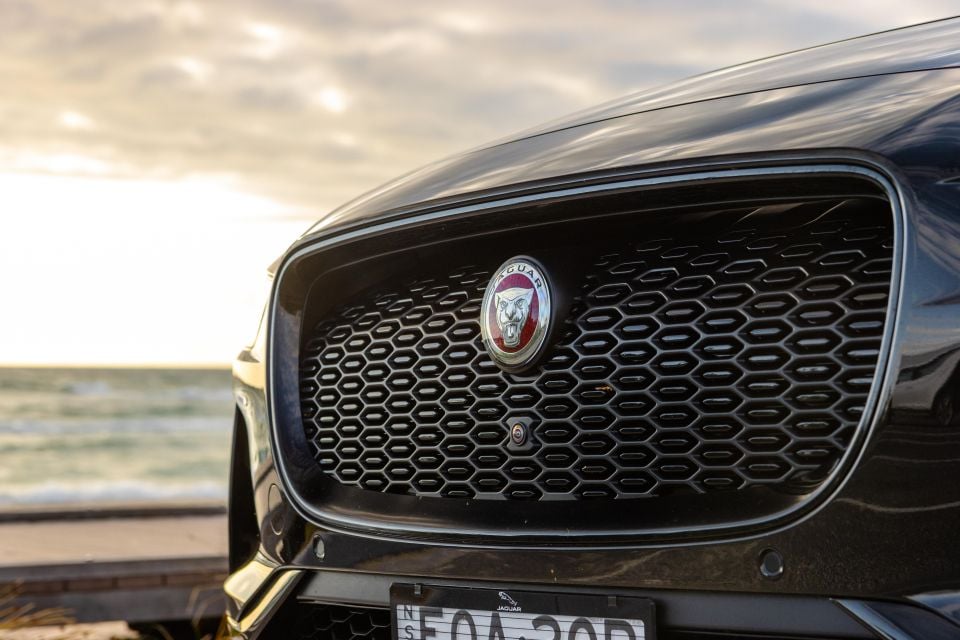
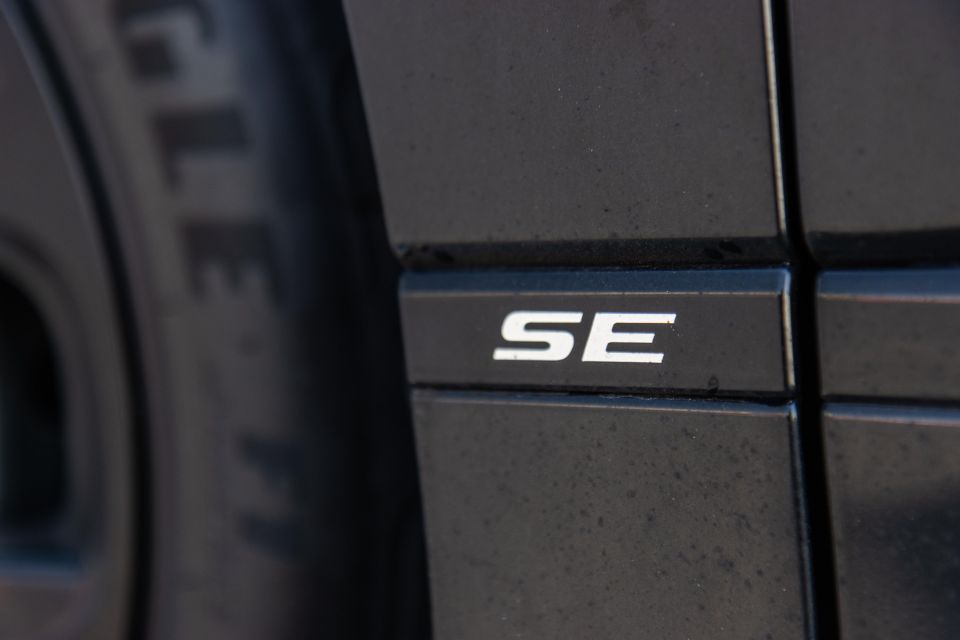
The Cold Climate Pack ($1060) adds:
The Convenience Pack ($1500) adds:
The Park Assist Pack ($1310) includes a 3D surround camera and semi-autonomous parking assist.
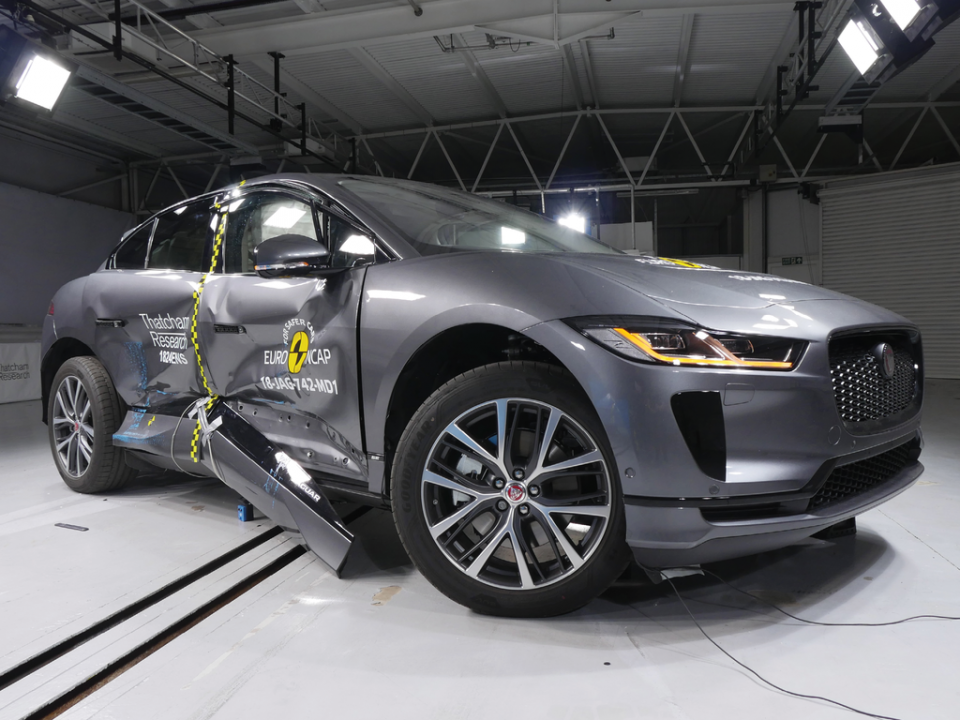
The Jaguar I-Pace has a five-star rating from ANCAP based on testing conducted in 2018.
It has an adult occupant protection rating of 91 per cent, a child occupant protection rating of 81 per cent, a vulnerable road user protection rating of 73 per cent, and a safety assist rating of 77 per cent.
Standard safety equipment includes:
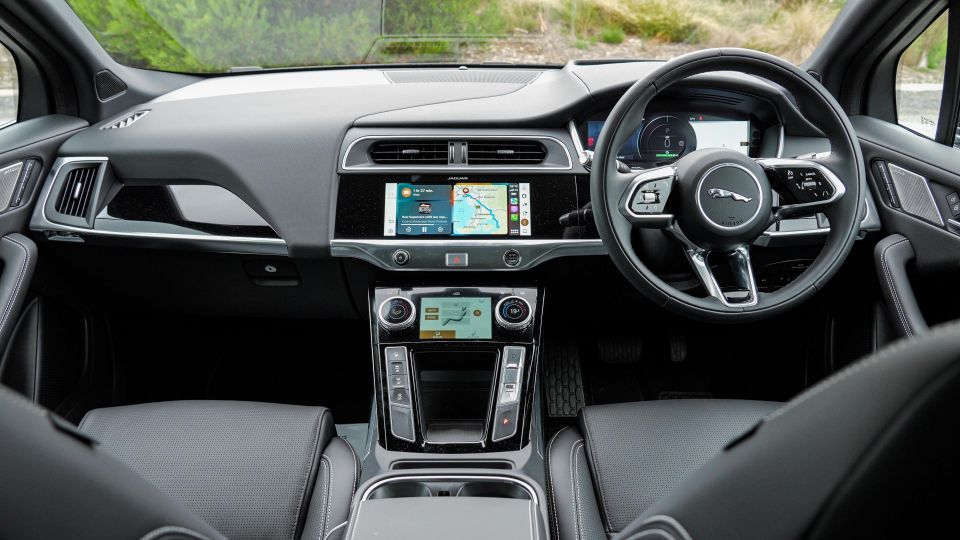
Upon first glance, the I-Pace features a premium-looking interior with a focus on minimalism and technology.
There are premium finishes atop the dashboard and extensive use of brushed aluminium and piano black. I’m not a huge fan of piano black, but it has been used sparingly in this application.
Central to the cabin is Pivi Pro, Jaguar Land Rover’s new infotainment system. Unlike most systems on the market it’s always on, which means there’s no waiting for the system to activate and become useful when you sit in the driver’s seat.
The previous iteration of this infotainment system – InControl – was incredibly slow, and took up to a minute to boot before you could enter commands or do basic functions like using the satellite navigation.
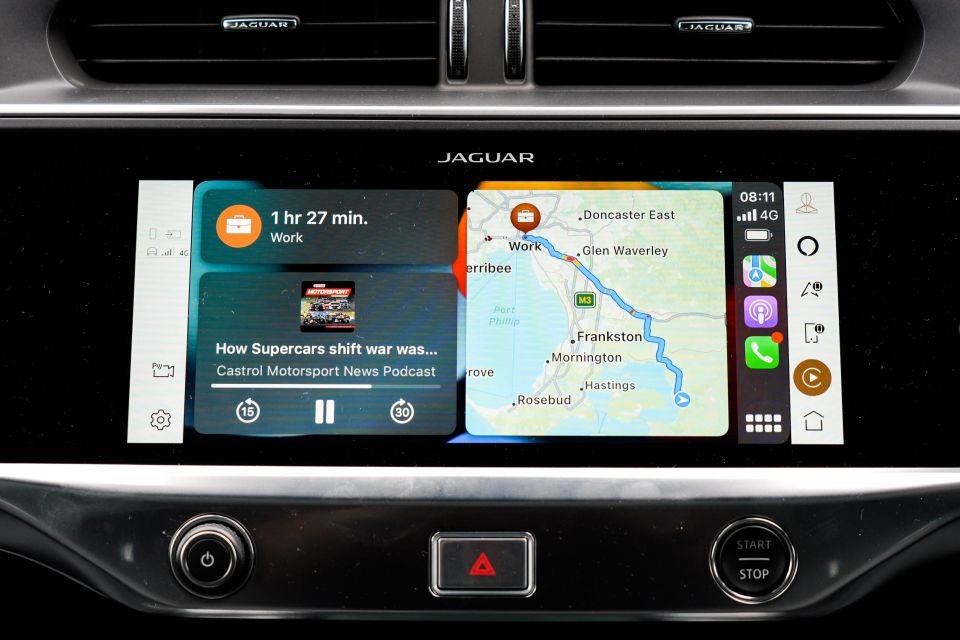
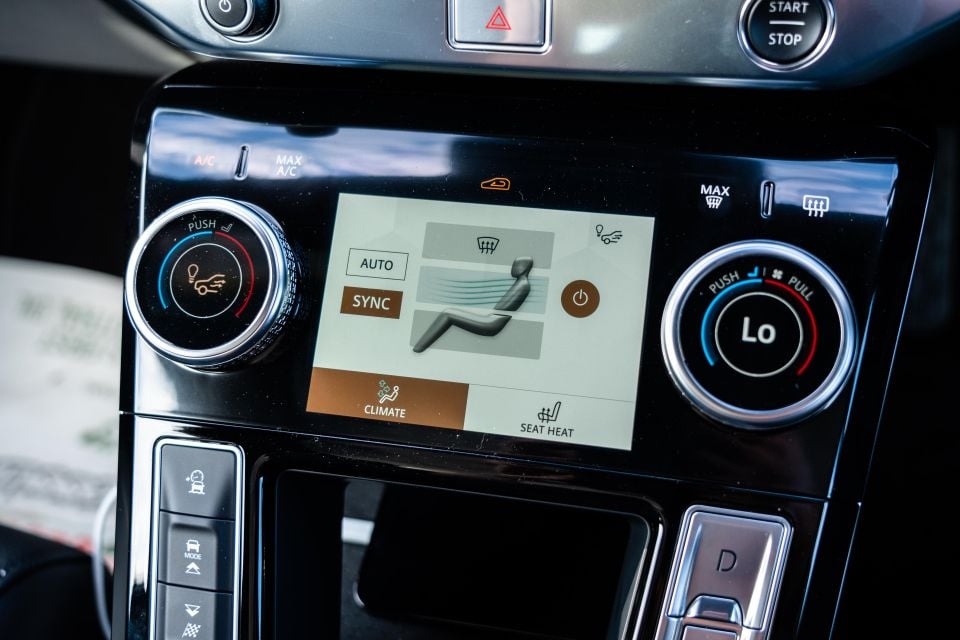
Pivi Pro recently benefitted from an over-the-air update that added wireless Apple CarPlay and Android Auto, along with Alexa connectivity.
Jaguar has programmed the car to be capable of over-the-air updates to improve the car’s functionality as it ages. It allows the company to bring new features like wireless smartphone mirroring and Alexa functionality free of charge to customers.
The Alexa stuff is interesting because it can be used to control your devices at home, so you can switch on the air conditioning using a voice command while you’re driving home. Or perhaps you want to flick the driveway lights on or open your garage – it can all be done using a voice command from the car.
I actually write a more detailed article on the Alexa integration and how it worked in our connected cars coverage.
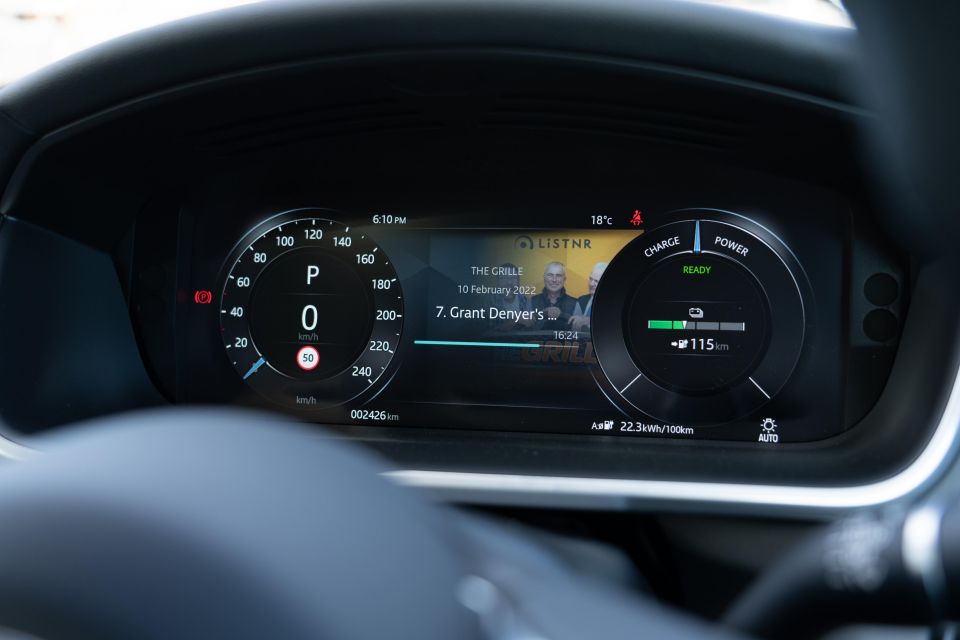

The infotainment system itself measures in at 10.0 inches and has a smaller 5.0-inch companion screen beneath it. The lower screen controls climate controls, while the upper screen is dedicated to audio and satellite navigation.
Ahead of the driver is a 12.3-inch digital display that includes trip computer information and other critical functions. For some reason you can only get a 10.0-inch display in the I-Pace, where the F-Pace and other Jaguar Land Rover products can be optioned with a 14.0-inch display that looks far more premium.
I’d love to see that option given the huge space on either side of the screen within its cluster is currently just filled in with a piano black finish. It seems like a bit of a waste.
We love how well Pivi Pro works. The speed of the system is top notch; it’s fast, user friendly, and loaded with features.
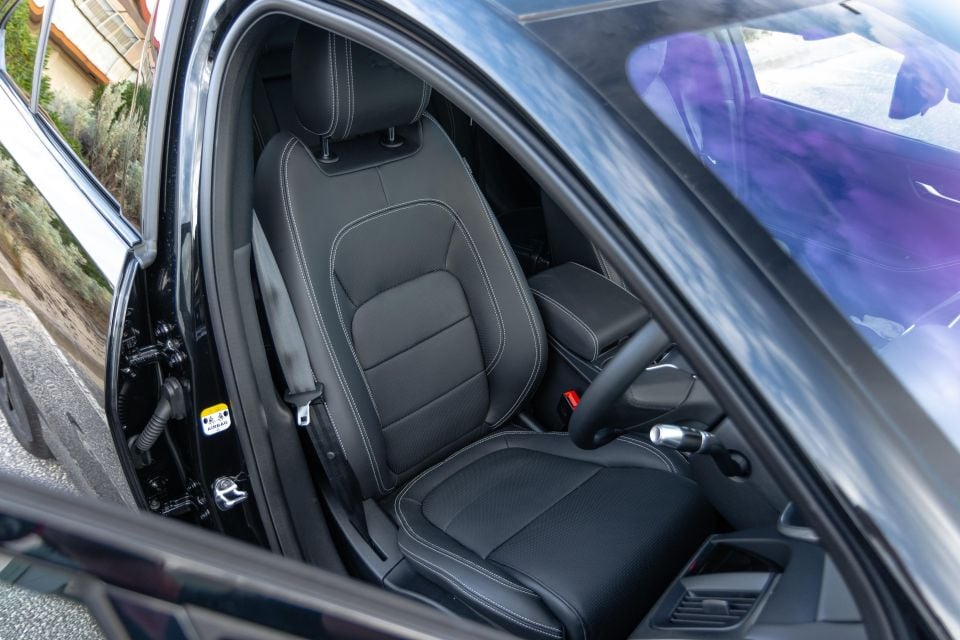
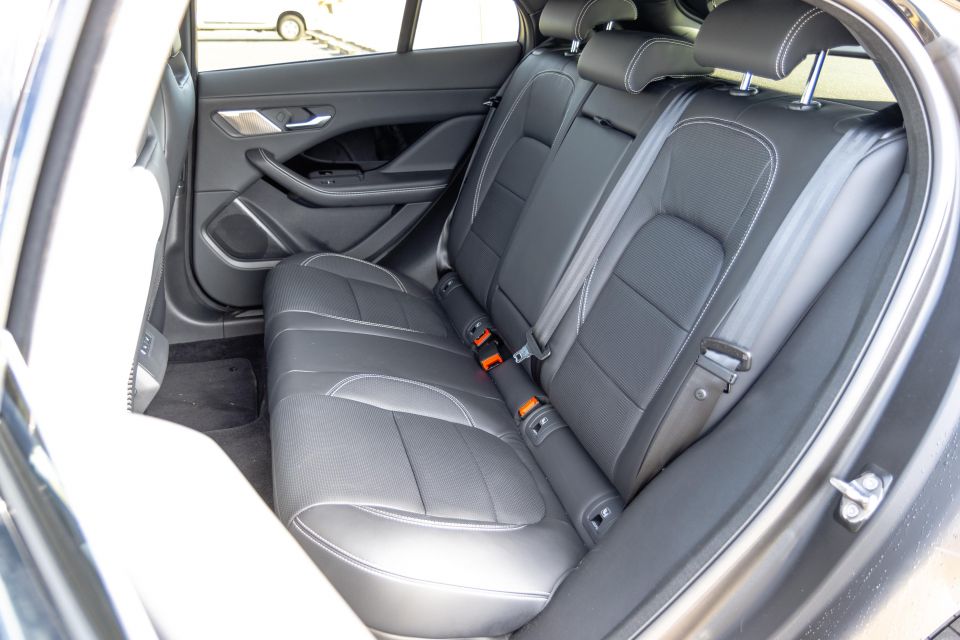
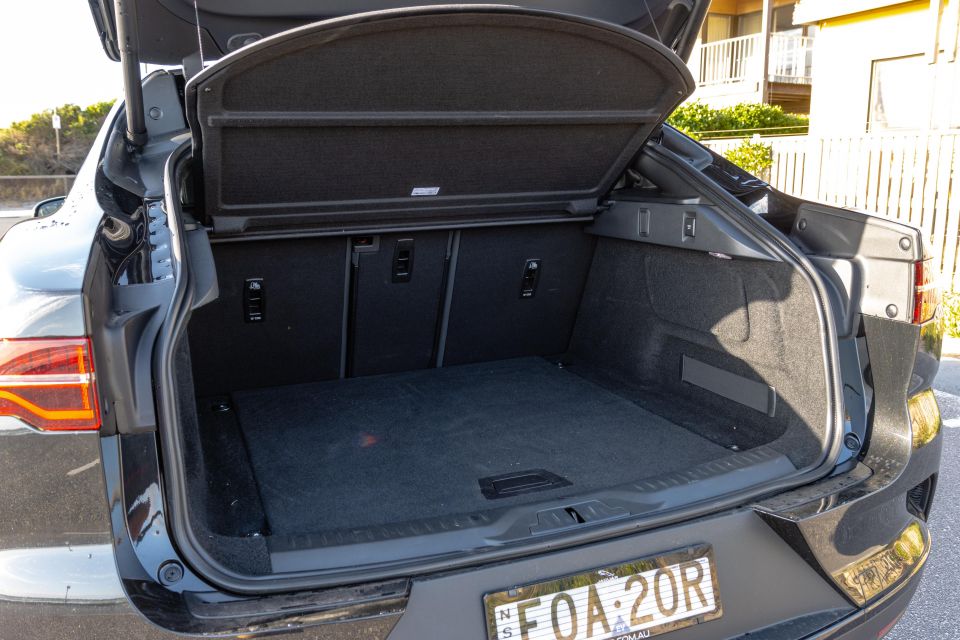
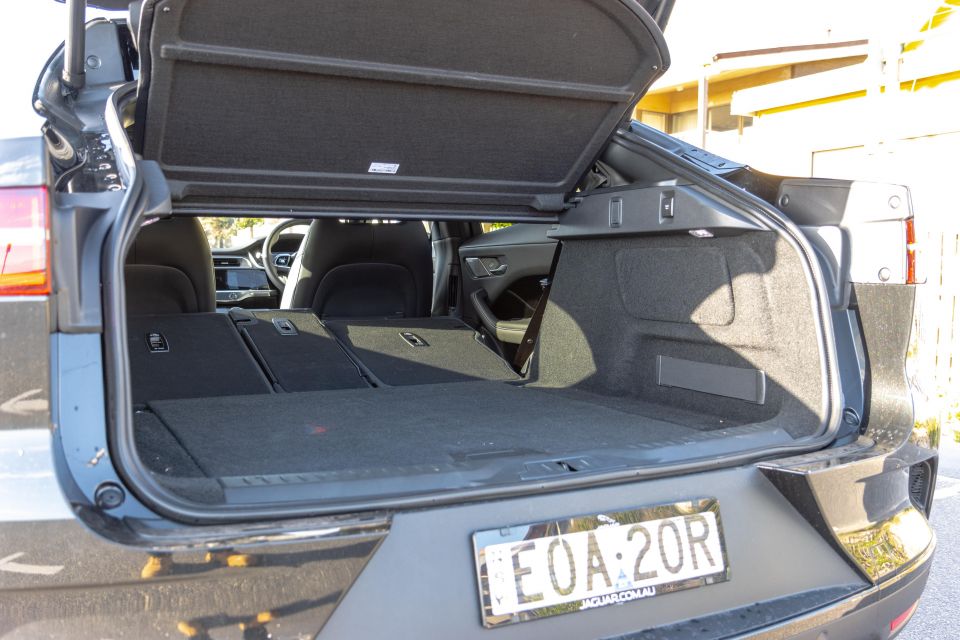
There’s remote connectivity available through the Jaguar application, too. It allows you to lock and unlock the car, in addition to seeing charge status and remotely activating climate controls. The app has seen big improvements over the last iteration, which was slow and a little clumsy in terms of its operation.
What about the rest of the cabin? The I-Pace is now available with wireless phone charging (it was a strange omission at launch) with plenty of storage beneath the lower screen, a generous centre console, and a decent-sized glove box.
The second row has adequate accommodation for adults with good knee-, toe-, and headroom. We loved the optional panoramic glass roof. It stretches all the way behind the second-row passenger heads, and brings additional light into the cabin.
You’ll find a set of ISOFIX anchor points, along with matching top tether points for baby seats. Cargo space comes in at 656 litres with the second row in place and 1453 litres with the second row folded flat. There’s also a small storage space under the bonnet for things like the electric cables.
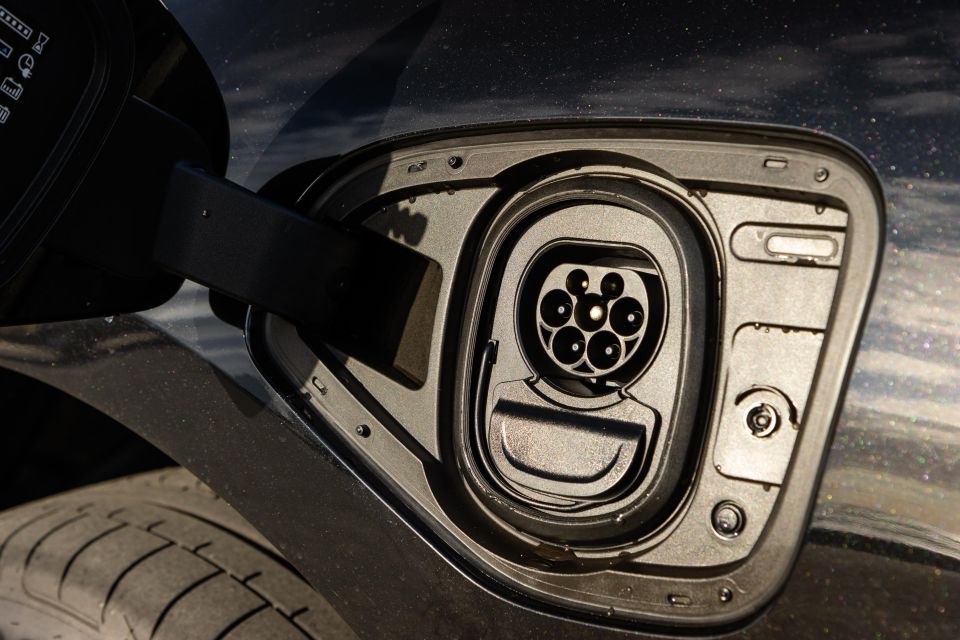
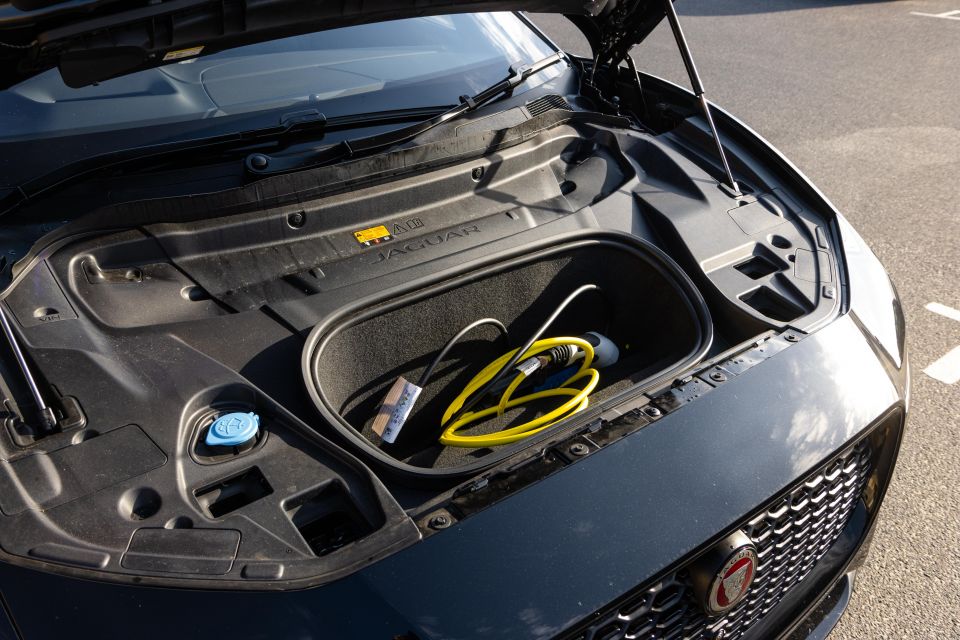
Powering the Jaguar I-Pace is a pair of electric motors, one on the front and one on the rear axle.
Combined, these produce 294kW of power and 696Nm of torque. They combine to offer a claimed 100km/h sprint time of 4.8 seconds.
Under the floor is a 90kWh battery pack that can be charged through single-phase AC or DC fast charging.
Single-phase AC charging takes place at up to 7.2kW of power, while the car can charge at up to 104kW with an average charge rate of around 84kW using a DC fast charger.
The charge rate is a little disappointing in comparison to newer EVs. Even the mid-specification Tesla Model 3 can charge at a peak of around 250kW on the latest V3 Tesla Superchargers.
The claimed WLTP driving range is 470km. During testing we hit an average not far off 21kWh/100km, which resulted in a driving range of around 400km.

Just like every other electric vehicle on the market, the I-Pace operates in near silence. It accelerates hard, but it doesn’t shout about it.
Jaguar has done a good job with the regenerative braking, which allows the vehicle come to what is an almost complete stop. If it’s on a slight incline the I-Pace will stop and the auto hold will activate, but there are some instances where it doesn’t come to a complete stop and keeps rolling slightly.
That’s a little confusing and takes a while understand – my preference would be the car either comes to a complete stop all the time, or it doesn’t. The halfway situation doesn’t instil you with confidence behind the wheel.
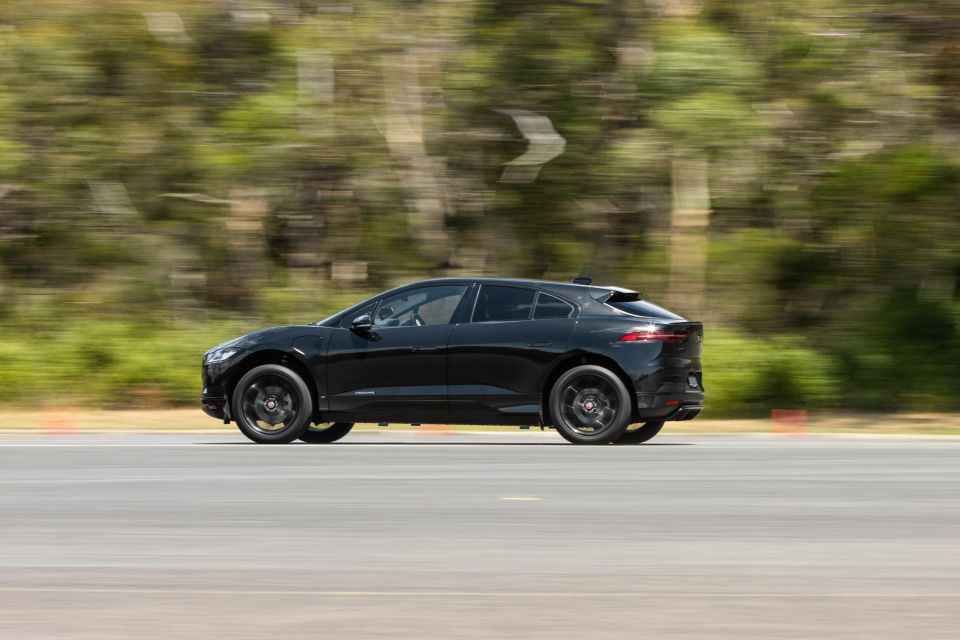
At low speeds the steering is light and there’s plenty of punch from the dual-motor setup. Just under 700Nm of torque is a big slab of punch in the back and is more than enough to nip in and out of traffic.
Even if you don’t option the air suspension, the passive setup provides more than enough comfort. The 20-inch alloy wheels don’t hinder the ride quality all that much and offer a good balance between sportiness and comfort. That’s even on things like cobblestones, potholes and speed humps, which typically upset a car on big wheels and low-profile tyres.
In the country the punchy drivetrain offers enough power for overtaking and getting around slower vehicles. The wheelbase comes in at just under 3000mm, which caused ride quality and body control issues in the similarly-sized Hyundai Ioniq 5, but most of that has been avoided here.
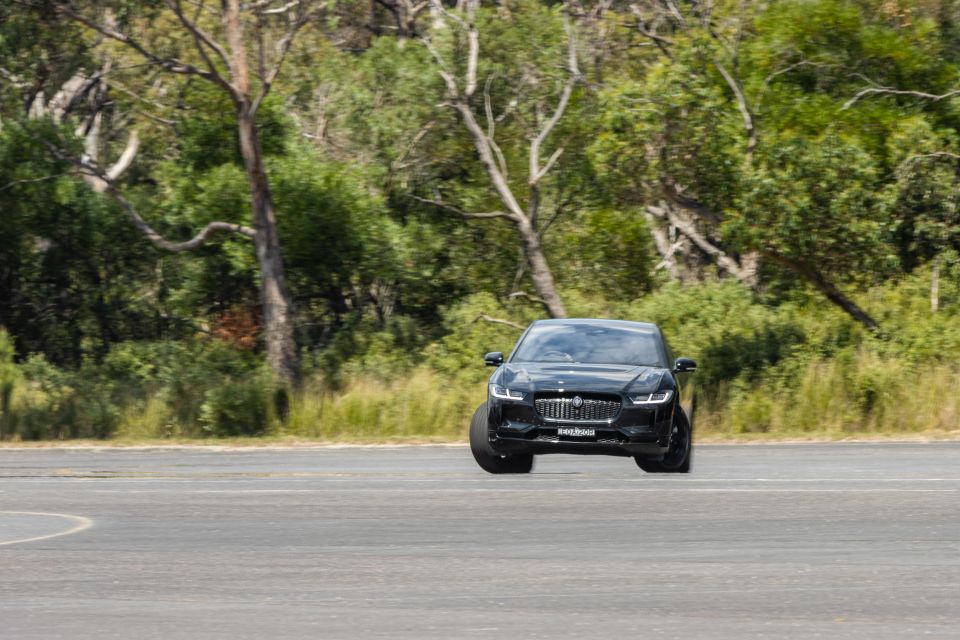
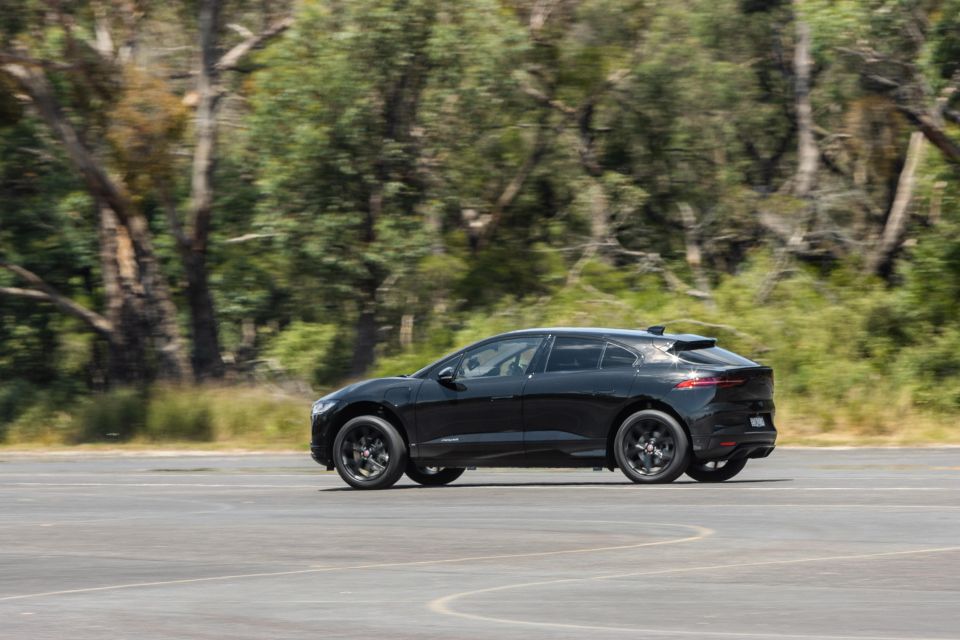
While the I-Pace can feel a little floaty over consecutive sine-wave-style bumps, it retains more of a sporty feel – even to the degree you can flick it into sport mode and take advantage of the instantaneous throttle response to accelerate out of corners.
The body sits fairly flat and there’s enough communication through the steering to really put a smile on your face. It feels exactly like a Jaguar should: sporty, but comfortable. BMW went the opposite direction with the 2022 iX, which is super soft and floaty… the opposite of every other BMW product.
Visibility out of the cabin is great out the front and sides. The wing mirrors also have blind-spot monitors built in to help with passing traffic. Visibility out the rear is reasonable, but the window envelope is quite narrow.
You can option a digital mirror though, which handily solves that issue.
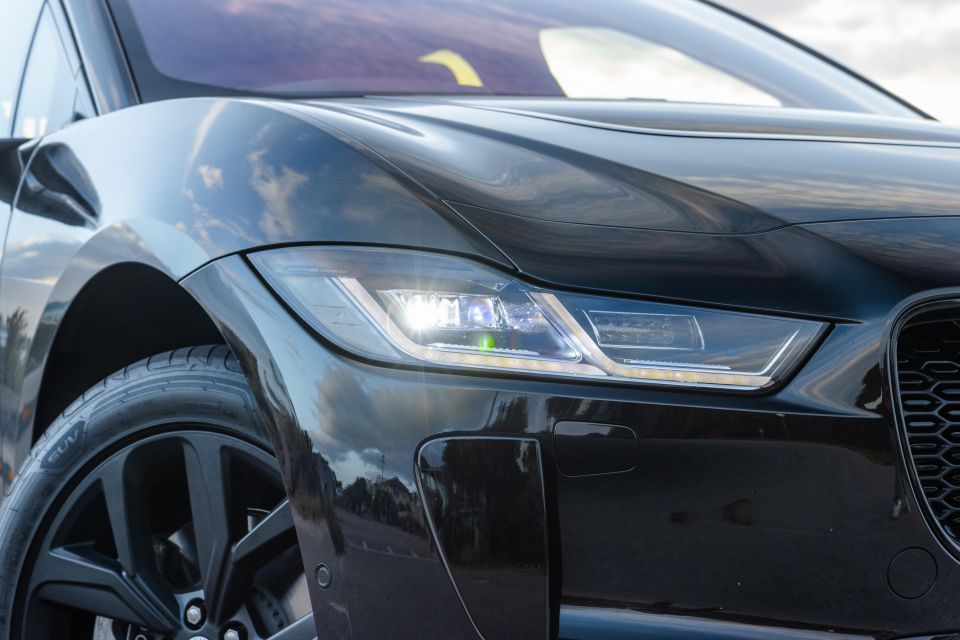
The I-Pace is backed by a five-year, unlimited-kilometre warranty, with the battery covered under an eight-year/160,000km warranty.
Servicing over a five year period is complimentary, which is good given there isn’t a great deal to service on an electric vehicle in comparison to an internal-combustion car.
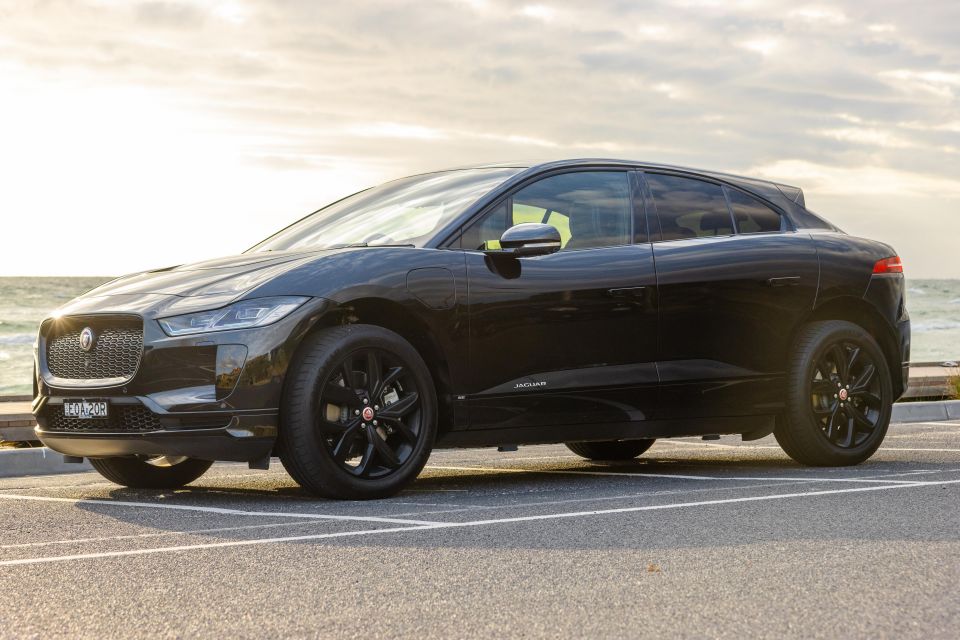
The Jaguar I-Pace was one of the trailblazers in the premium EV space. Jaguar put the time and effort into building a bespoke electric platform to take advantage of economy and storage.
Behind the wheel, the I-Pace is one of the most engaging premium electric cars on the market. It sticks to the road nicely and handles exactly like a Jaguar should. The recent technology additions and the introduction of Pivi Pro has also enhanced the tech offering.
It’s hard to not feel like Jaguar may be falling behind, though. Outside of the technology update, the I-Pace has remained fairly stagnant since it launched in 2018.
Competitors like BMW with the all-new iX have really shown the market where the EV space is headed. The entry-level iX is around the same price as the I-Pace SE and it feels like a better offering in terms of technology.
When Jaguar moves to an all-electric range by 2025, it’ll need to move the game forward even further to be competitive.
MORE: Everything Jaguar I-Pace
Take advantage of Australia's BIGGEST new car website to find a great deal on a Jaguar I-Pace.
Paul Maric is an Australian car expert based in Melbourne, Australia. Paul is a founder of CarExpert.com.au & formerly part of the CarAdvice founding team.


James Wong
3 Days Ago
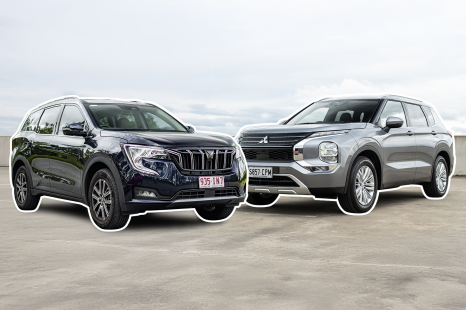

Andrew Maclean
2 Days Ago


Max Davies
2 Days Ago


Max Davies
2 Days Ago


Josh Nevett
1 Day Ago
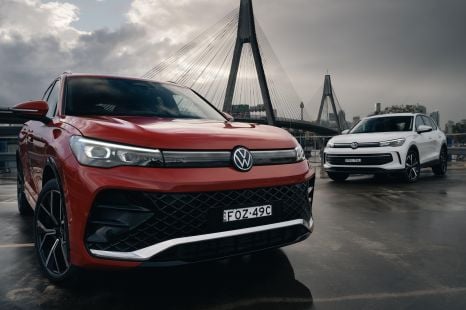

Max Davies
20 Hours Ago